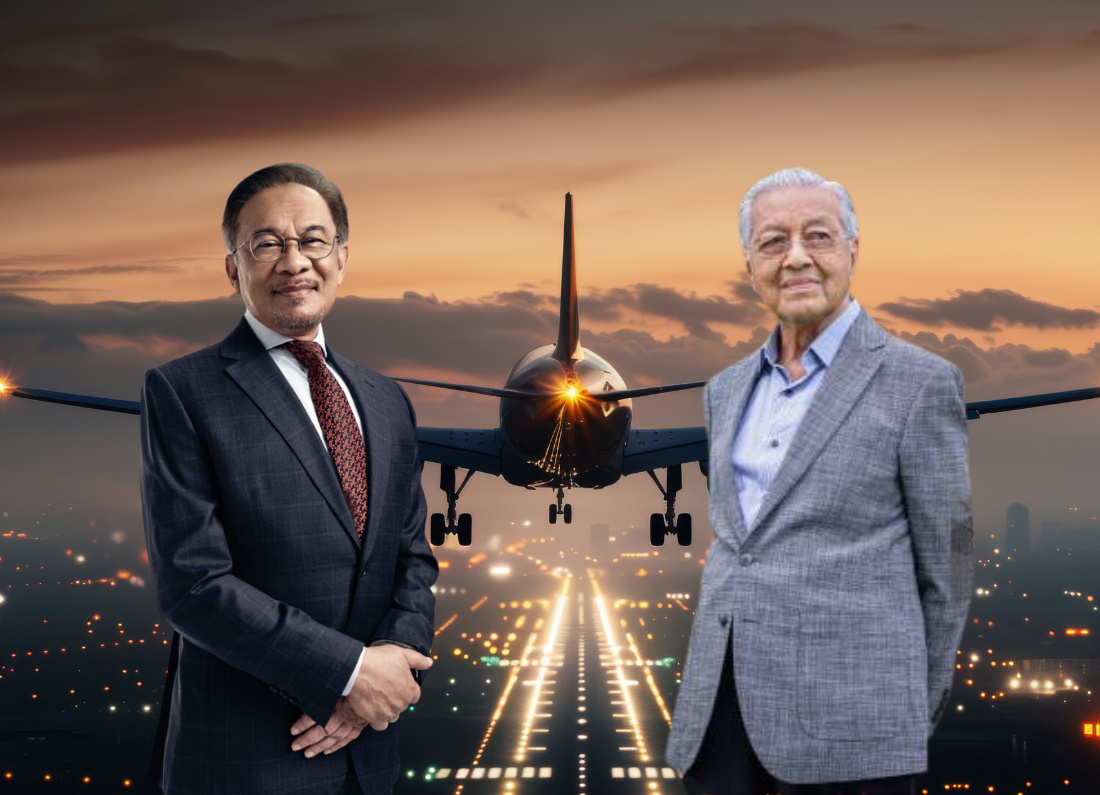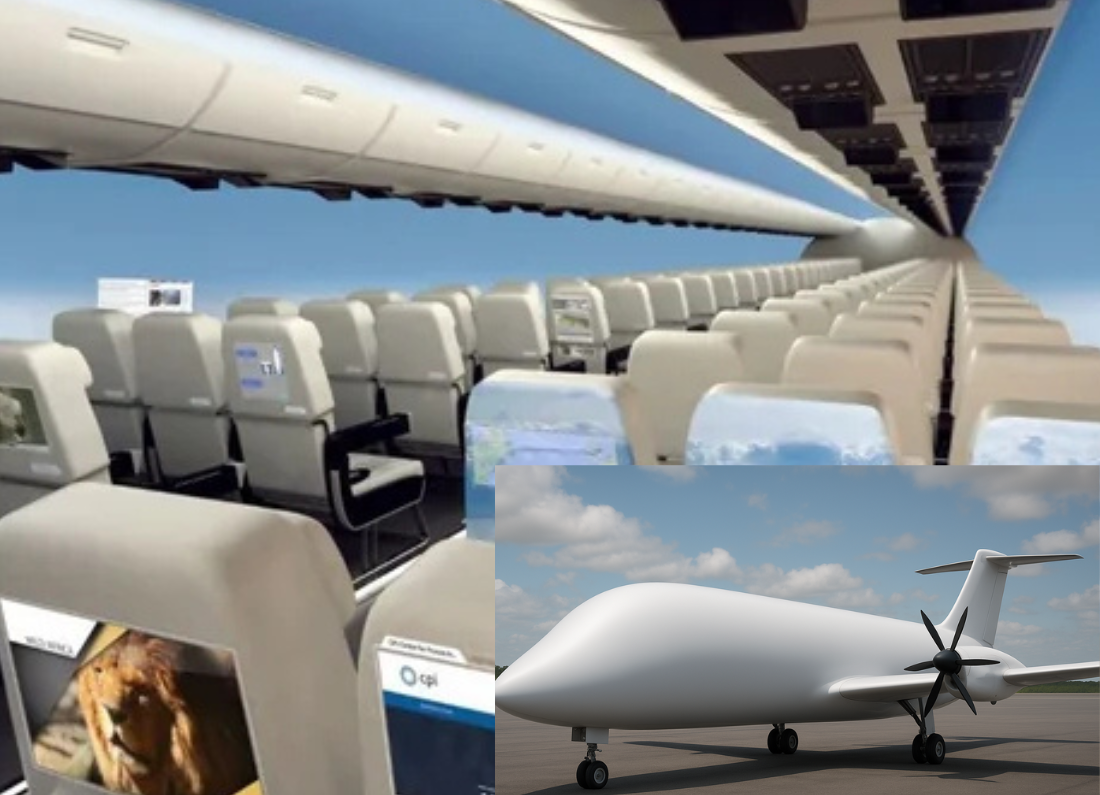Malaysia has long been recognized as a strategic aviation hub in Southeast Asia, primarily due to its advantageous geographic location, modern airport facilities, and the increasing demand for air travel driven by both tourism and business sectors. However, to maintain its competitive edge and realize its full potential as a global aviation player, the Malaysian aviation sector must undergo substantial improvements and modernization in several key areas.
As regional competitors enhance their aviation capabilities through aggressive investment and technological advancement, Malaysia must act swiftly to address its deficiencies and bolster its global standing, safety regulations, and operational efficiency.
Current Strengths of Malaysian Aviation
Malaysia possesses several robust foundations that support aviation growth:
- Kuala Lumpur International Airport (KLIA): Serving as a major regional hub, KLIA is equipped with state-of-the-art facilities, capable of handling significant passenger and cargo traffic with operational efficiency.
- Low-Cost Carriers: The emergence of budget airlines, including AirAsia and Firefly, has democratized air travel, making it more accessible to a broader segment of the population and stimulating increased travel, both domestically and internationally.
- MRO Capabilities: Malaysia has established a solid reputation for its maintenance, repair, and overhaul (MRO) services, providing essential support for airlines and contributing to the broader aerospace industry.
- Strategic Location: Positioned optimally for connecting the Asia-Pacific region, the Middle East, and Europe, Malaysia is strategically placed to serve as a transit point for international flights, thereby enhancing its logistical appeal.
- Government Initiatives: The Malaysian government has articulated its ambition to position the country as a regional leader in aerospace and aviation, with initiatives aimed at fostering growth and innovation in the sector.
Despite these advantages, notable gaps remain that impede the nation’s ability to maximize its aviation potential.
Key Areas That Require Improvement
- Strengthening Aviation Safety Standards
While Malaysia adheres to International Civil Aviation Organization (ICAO) regulations, improvements are necessary to close the gaps in safety protocols:
- Consistent Enforcement: A more rigorous enforcement of safety regulations across all operators is needed to minimize operational risks.
- Enhanced Oversight: Increased oversight for general aviation and private aircraft operations to ensure compliance with safety standards.
- Safety Training Programs: Comprehensive training for airline personnel, ground handling staff, and airport security teams is essential to mitigate risks.
- Investment in Security Measures: Proactive investments in aviation security infrastructure and technologies to counter emerging threats, such as cybersecurity vulnerabilities. A robust and transparent safety culture is vital to attracting global airlines and securing passenger confidence.
- Modernizing Infrastructure
Although KLIA showcases modern facilities, other airports in Malaysia face challenges such as:
- Outdated Infrastructure: Many regional airports require significant upgrades to meet modern aviation standards and passenger expectations.
- Capacity Issues: Several airports lack sufficient capacity during peak travel periods, resulting in delays and congestion.
- Limited Facilities for Private Aviation: Insufficient infrastructure to support the burgeoning demand for private aviation and cargo operations.
- Transport Connectivity: The current transportation links to secondary airports need improvement to facilitate better connections for passengers. Investments in airport upgrades, cutting-edge air traffic management technology, and the development of regional airports are urgently needed to enhance overall efficiency.
- Expanding MRO Capabilities
While Malaysia has established itself as an MRO hub, increasing competition from neighboring countries like Singapore, Thailand, and Indonesia necessitates proactive measures:
- Increased Capacity: Expansion of hangar facilities and technical service capabilities to accommodate a broader range of aircraft types.
- Workforce Development: Investment in targeted training programs for specialized technical skills related to advanced aircraft and emerging technologies.
- Support Local Manufacturing: Initiatives to bolster local aerospace manufacturing and collaboration with parts suppliers to reduce dependency on foreign components.
- Global Partnerships: Encouraging partnerships with major global Original Equipment Manufacturers (OEMs) such as Airbus, Boeing, and Rolls-Royce to enhance service offerings and technology transfer. A strong MRO sector not only generates high-value jobs but also contributes significantly to the national economy through export opportunities.
- Improving Regulatory and Policy Frameworks
For Malaysia to attract investment and foster industry growth, clear and consistent aviation policies are essential:
- Streamlined Regulatory Processes: Simplifying the regulatory approval process for airlines and aircraft operations can reduce barriers to entry for new players.
- Transparency in Governance: Enhancing transparency in aviation governance will build trust and facilitate better stakeholder collaboration.
- Private Sector Investment: Creating policies that encourage private sector investment in airport infrastructure and aviation services is crucial for sustainable development.
- Innovation Support: Encouraging innovation in emerging areas, such as drone operations and urban air mobility, to position Malaysia as a forward-looking aviation market.
- Human Capital Development
The strength of the aviation sector is directly linked to the quality of its workforce. Malaysia is experiencing a shortage of:
- Qualified Pilots: An increasing number of trained pilots is needed to meet the growing demand for air travel.
- Aircraft Maintenance Engineers: A high level of technical expertise is crucial for the safe operation and maintenance of advanced aircraft.
- Air Traffic Controllers: Skilled air traffic controllers are essential for managing the increasing volume of air traffic.
- Aviation Management Professionals: Expertise in aviation management is critical for operational efficiency. To address these shortages, Malaysia needs to foster more partnerships between flying academies, technical institutions, and airlines to build a well-trained workforce equipped to meet the industry’s demands.
The Global Opportunity for Malaysia
With global air travel projected to double over the next two decades, Malaysia could reap significant benefits—provided the sector adapts. By enhancing safety standards, upgrading infrastructure, and investing in workforce development and regulatory frameworks, Malaysia can:
- Attract More Airlines: Increase the number of airlines and routes serving Malaysia, boosting international connectivity.
- Grow Aerospace and MRO Industries: Expand its aerospace manufacturing and MRO sectors, creating jobs and fostering innovation.
- Establish Trust: Position itself as a reliable and efficient aviation hub that meets international standards.
- Enhance Tourism and Trade: Improve the country’s attractiveness as a tourist destination and facilitate trade connectivity across borders.
The Time to Act is Now
Malaysia cannot afford to be complacent in its aviation sector. As regional competition intensifies and passenger expectations rise, the demand for robust safety and operational efficiency standards continues to evolve.
A concerted effort from government agencies, industry stakeholders, airlines, and educational institutions is crucial to driving the necessary improvements and innovations.
With strategic investment, bold leadership, and a clear vision, Malaysian aviation can transform its challenges into opportunities and soar to new heights within the global aviation landscape.













Leave a Reply